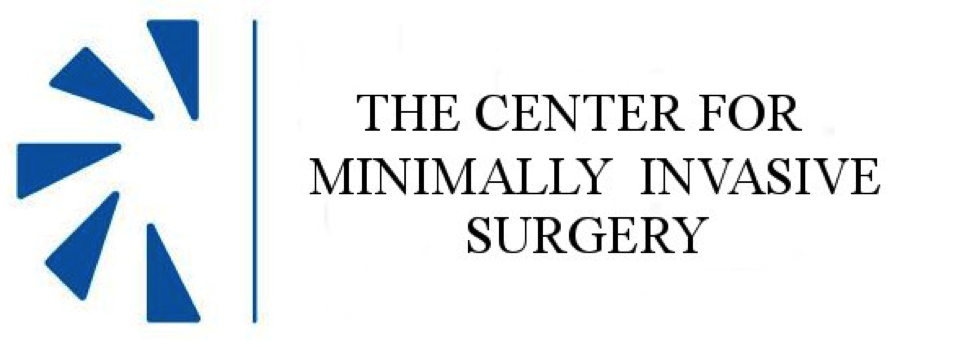Removing A Bone Spur
Developing over long periods of time, a bone spur is a hard growth on the end of a bone that can cause pain and difficulty moving the affected area. Larger bone spurs that limit movement and do not respond to conservative treatment may require minimally invasive surgery (MIS) to remove the growth. Since MIS surgery uses smaller incisions than traditional surgery, the patient experiences a faster recovery. However, some follow-up strategies can help with healing after surgery.

Follow the surgeon's orders.
The best way to achieve a quick and complete recovery after a bone spur excision is to follow the surgeon's instructions. This may include completing physical therapy (PT), taking pain medication as directed, and avoiding certain activities. Failure to follow the surgeon's instructions could lead to complications and prolong the healing process.
Take care of the incision
To ensure proper healing, keep the incision site clean and dry for the first few days after the surgery. The doctor may give specific instructions on cleaning and care for the site based on the type of incision made during the surgery. Meticulously caring for the incision also reduces the chances of scarring. If the doctor permits, gauze pads may also help keep the incision clean. Once the wound has healed, a soft bandage is usually sufficient to keep the area dry.
Tips to manage swelling
Redness and swelling are common after surgery. Pain relievers and anti-inflammatory drugs are crucial at this stage of recovery, while antibiotics may be prescribed to reduce the risk of infection. Do not apply ice directly to the incision, as this could cause tissue damage and limit blood flow. Instead, use a cooling pad over the area, elevate the treatment site if possible, and stay hydrated. Studies have shown that supplements like bromelain can also reduce swelling and inflammation and help people heal faster.
Get moving and eat well
Light exercise may help speed up recovery and prevent stiffness of the joints. The doctor may recommend a rehabilitation program to restore strength and mobility to the affected bones and muscles. Exercises should be performed gently and stated slowly to avoid further injury and pain. Along with exercise, a healthy, anti-inflammatory diet speeds up healing and potentially cosmetic results. Focus on a diet rich in omega-3s, zinc, magnesium, vitamin C, and iron.
Be patient
Recovery from a bone spur excision can take up to 6 weeks or longer. The timeline depends on the severity of the condition and the technique used. Complete healing may require several months in some cases. Avoid returning to strenuous activities too soon to reduce the risk of injury. Talk to a doctor if symptoms like redness or swelling do not improve after a few weeks. However, if the pain becomes severe or lasts more than a few days, seek help immediately.
Spur on healing
Bone spurs are painful and often need removal through minimally invasive surgery or an open procedure. MIS offers several benefits over traditional surgery, including reduced pain and scarring and faster recovery times. Taking good care of the body and incision site after surgery plays just as important a role in the procedure's success. Follow these tips to move better and enjoy a better quality of life.
Recent Posts
ACL Repair: Will You Have Range Of Motion With Your Knee After Recovery & Physical Therapy?
After an ACL injury, ROM can be negatively affected. ACL repair surgery helps restore function, but physical therapy is essential to ROM.
Arthroscopy: What Are The Benefits Of This Minimally Invasive Outpatient Orthopedic Procedure?
Arthroscopy can help diagnose or treat joint conditions. Benefits of the MIS include faster recovery, less pain, and fewer scars.
Posterior Interbody Lumbar Fusion: What Are The Benefits Of PLIF For People With Back Pain?
People with chronic back pain may benefit from posterior interbody lumbar fusion surgery. PLIF can reduce pain and improve stability.
Saying Goodbye To Tonsil Troubles: The Benefits Of Minimally Invasive Tonsillectomy
Chronic tonsilitis or other tonsil troubles can impact health and well-being. A minimally invasive tonsillectomy can reduce infections.








